A Tale of the Tow-Path
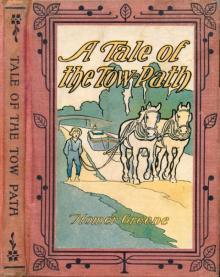

Author: Homer Greene
Category: Fiction
Published: 2014
Series:
View: 162
Read Online"Hoeing corn is not very hard work for one who is accustomed to it, but the circumstances of the hoeing may make the task an exceedingly laborious one. They did so in Joe Gaston\'s case. Joe Gaston thought he had never in his life before been put to such hard and disagreeable work." - From Chapter 1 ***** "GREENE, Homer, lawyer, b. Ariel, Penn., 1853. A graduate of Union College, and now a resident of Hinesdale, Penn., where he has practised law since 1879. Author of several books of fiction and of occasional poems." ***** [Source: Edmund Clarence Stedman (ed.), An American Anthology 1787-1899 795 (Boston: Houghton, Mifflin and Company, 1900)] ***** Greene was born on January 10, 1853. He graduated from Union College, June, 1876 with an A.B. and C.E. degrees, and from Albany Law School with an LL.B. in 1877. He was admitted to the Wayne County bar in December, 1878 and took up the practice of law. He served as District Attorney of the county for one term. "His first literary effort was written while a student at the Riverview Military Academy, Poughkeepsie, New York; it was a story entitled \'The Mad Skater,\' and was published in Wayne Reid\'s Magazine Onward for June, 1869. While a student at Union College he contributed liberally both in prose and verse to college literature, and was special correspondent for the New York Evening Post, Albany Evening Journal, Troy Whig, and Albany Argus. \'What My Lover Said,\' his best-known poem, was written during his senior year and first published in the New York Evening Post, November 9, 1875, with on the initials \'H.G.\' signed to it. [I]t was widely copied and largely credited to Horace Greeley. . . . \'My Daughter Louise\' and \'Kitty,\' published in Judge Tourgee\'s disastrous literary venture, The Continent, confirmed his reputation as a poet of the first order. . . . \'She Kissed the Dead,\' published in The Christian Union, in 1874 and \'The Rivals,\' printed in The Critic, in 1885, have an artist-like finish and are written with great animation and deep feeling. - From: https://myweb.wvnet.edu/
 Einstein's Monsters
Einstein's Monsters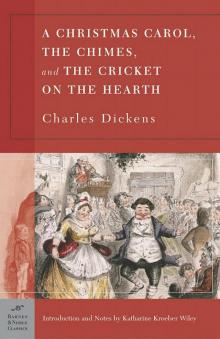 A Christmas Carol, the Chimes & the Cricket on the Hearth
A Christmas Carol, the Chimes & the Cricket on the Hearth The Mahabharata
The Mahabharata The Angel Esmeralda
The Angel Esmeralda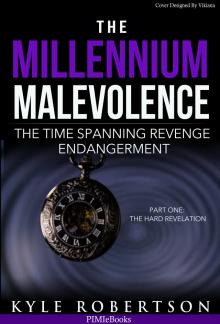 The Millennium Malevolence: The Time Spanning Revenge Endanderment
The Millennium Malevolence: The Time Spanning Revenge Endanderment The Last Straw
The Last Straw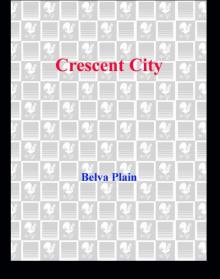 Crescent City
Crescent City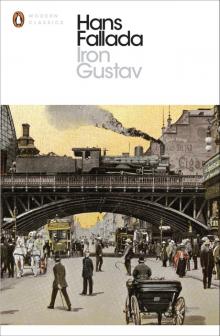 Iron Gustav
Iron Gustav